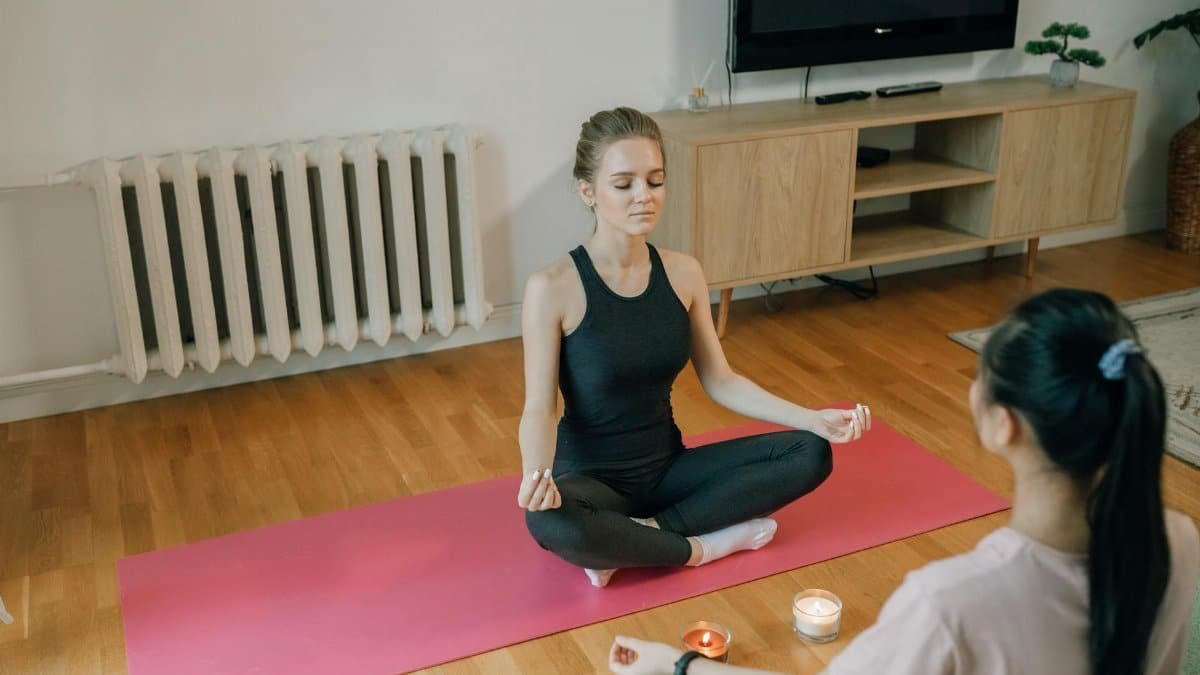Is mindfulness the ultimate fix for overthinking? In a world where constant rumination plagues millions, mindfulness wellness resilience is emerging as a powerful antidote. New data from a recent survey shows that 68% of Americans report overthinking as a daily issue, but those practicing mindfulness see a 40% drop in anxiety levels. This isn’t just hype—it’s backed by science, offering tools to break the cycle of endless thoughts and build mental strength.
What Is Overthinking and Why It Hurts

Overthinking hits hard. It’s that loop of endless what-ifs and replays that keeps you up at night. Experts say it leads to stress, poor decisions, and even health issues like high blood pressure. A study from the American Psychological Association links chronic overthinking to increased depression rates. For many, it starts small but snowballs, turning minor worries into major roadblocks. Recognizing it is the first step to fighting back.
The Basics of Mindfulness

Mindfulness means staying present, without judgment. It’s not about emptying your mind but observing thoughts as they come. Simple practices like focused breathing can ground you. Research from Harvard Medical School shows mindfulness rewires the brain, reducing activity in the default mode network responsible for mind-wandering. Start with five minutes a day, and you’ll notice sharper focus. It’s accessible to anyone, no fancy gear needed.
How Mindfulness Builds Wellness

Wellness through mindfulness goes beyond relaxation. It fosters emotional balance, helping you respond rather than react. In stressful jobs, workers using mindfulness report better sleep and lower burnout. A report from the Centers for Disease Control and Prevention highlights how such practices improve overall health. Integrating it into daily routines boosts energy and cuts down on negative self-talk.
Resilience: The Key Outcome

Resilience is what keeps you bouncing back. Mindfulness wellness resilience trains your mind to handle setbacks. When overthinking strikes, resilient people use techniques to pivot quickly. Studies indicate that resilient individuals have lower cortisol levels, the stress hormone. Building this trait involves consistent practice, turning challenges into growth opportunities. It’s like mental armor in a chaotic world.
Practical Techniques to Try Today

Get started with body scans. Lie down, focus on each body part, releasing tension. Or try the 4-7-8 breathing method: inhale for four, hold for seven, exhale for eight. These interrupt overthinking patterns. Apps like Headspace offer guided sessions. Users say they feel calmer after just one week. Make it a habit, and watch overthinking fade.
Science Behind the Fix

Does it really work? Yes, according to brain scans. MRI studies show mindfulness thickens the prefrontal cortex, enhancing self-control. A landmark paper in the Journal of the American Medical Association found it as effective as therapy for anxiety. For overthinkers, this means fewer rumination episodes. Skeptics, take note: evidence from places like the National Institutes of Health supports these claims.
Common Pitfalls and How to Avoid Them

Not everyone nails it right away. A big mistake is expecting instant results. Patience is crucial; progress comes gradually. Another pitfall: forcing it during high-stress moments. Start in calm times instead. If distractions pull you away, gently refocus without self-criticism. Experts advise journaling to track improvements, turning setbacks into lessons.
Real Stories of Transformation

Take Mike from New York. He used to overthink every work email, leading to insomnia. After adopting mindfulness, he cut his worry time in half. “It changed everything,” he says. Similar tales flood online forums. A teacher in California credits it for handling classroom chaos better. These aren’t outliers; they’re proof that mindfulness wellness resilience delivers real results for everyday people.
Integrating Into Daily Life

Make it routine. Pair mindfulness with coffee breaks or commutes. Walk mindfully, noting sights and sounds. At work, use it before meetings to stay centered. Families can practice together, strengthening bonds. In 2025, with rising mental health awareness, more companies offer mindfulness programs. It’s not a fad; it’s a lifestyle shift for lasting calm.
Long-Term Benefits and Outlook

Over time, mindfulness reduces overthinking’s grip, leading to better relationships and productivity. Users report sharper decision-making and more joy. As research evolves, expect more tailored approaches. For now, it’s a proven tool. If overthinking rules your life, mindfulness wellness resilience could be the game-changer you’ve needed. Start small, stay consistent, and reclaim your mind.
